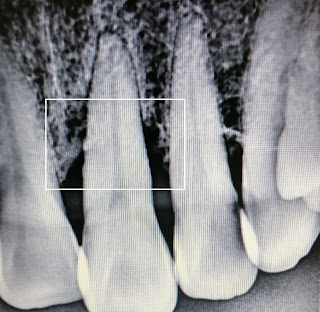Since it's debut in November 2015, The Art of PCB Reverse Engineering has been a consistent best seller among my books, though not the best seller on Amazon (far from it). It underscores the point of having a good textbook resource on this niche topic which sadly, is still quite lacking after nearly eight years since I penned my experiences.
While PCB-RE has not received the attention it needed, I believe that with the emphasis on 'Repair Don't Waste' to encourage recycling instead of discarding to save the earth, perhaps more people will see the importance of this special skillset in the repair and refurbish industry in the not too distant future.
For those who have yet to get their copy of this now de-facto and classic work on PCB-RE, here is a breakdown of the chapters:
To many engineers PCB-RE is a black art because of its coveted nature (not many in this field are willing to share their knowledge and know-how). However, I can assure you that it's not as difficult as you think, though some pre-requisites are essential to avoid pitfalls when you start out on the journey.
Chapters 2-4 make up the bulk of the book and teach you how to identify and organize the component data necessary to begin PCB-RE on a board without documentation. The drafting tool of my choice is Microsoft Visio, though if you are good at another 2D CAD software, it works just as well. It's the process that's important and that's what I emphasize in the book. Drawing the PCB layout and schematic diagram is really a matter of personal style, and I really encourage you to develop your own that works for you.
That said, I hope you would at least give Visio a try and see for yourself how versatile and powerful its features are. There are some things that will only connect when you learn it first hand, and I can tell you from personal experience that no other 2D drafting tools even come close to Visio. Don't believe me? Get the book and go through the examples in chapter 5 and you'll wonder why you didn't take up Visio sooner.
Then, of course, I will point you to other resources that can enrich your PCB-RE journey, one of which is the darling of the DOS era: the OrCAD suite of engineering software tools (SDT, VST, PCB, PLD, and MOD), which once sold for $4,995 but is now free for download at one of the Old DOS Communities.
The Art of PCB-RE took me almost a year to write while working part-time. It's one of the most challenging book I took on but I'm glad I did, with the support of my understanding wife. At least I know that I now have a legacy for future generations of engineers who will make a difference to the world when they apply what they learn to reduce wastage and increase the operational life of the equipment they're servicing.








.png)




.png)





























